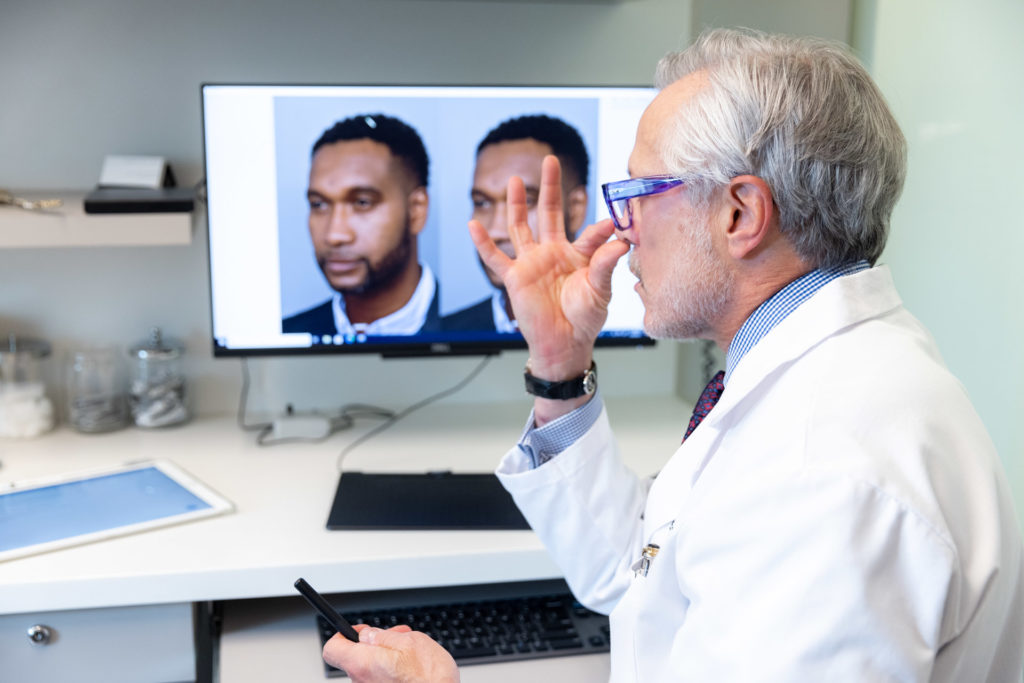
How patients used to find their doctors
Back when I started my training in the ‘80s patients sought out the doctors who taught other doctors. This group included those who published articles in peer reviewed journals, legitimate medical journals that require stringent review of all submissions for content and contributions to medical education. This also included the doctors who routinely gave lectures at medical meetings. These physicians were the leaders in their field as recognized by their peers and subsequently the general public. I was fortunate to have four articles published last year in such journals on rhinoplasty, revision rhinoplasty and Botox treatments, as listed below:
Radix grafts in cosmetic rhinoplasty; lessons learned from an 8 year review. By Justin Cohen MD and Steven Pearlman, MD. Published in Archives of Facial Plastic Surgery, Volume 14 (6), November/December 2012
An Anatomic Basis for Revision Rhinoplasty. By Steven Pearlman, MD and Ben Talei, MD. Published in Facial Plastic Surgery Volume 28(4), August 2012.
Avoiding Complications of the Middle Vault in Rhinoplasty. By Steven Pearlman MD and Roxanna Baratelli, MD. Published in Facial Plastic Surgery Volume 28(3), June 2012.
Physician Confidence in Fillers and Neurotoxins: A National Survey. By Steven Pearlman, MD, Ben Talei, MD, Heidi Waldorf, MD, Michael Kane, MD and Roger Dailey, MD. Published in Archives of Facial Plastic Surgery, Volume 14(1) January-February 2012.
This might not look like much, but getting one article published per year is considered an accomplishment. Additionally, I was guest editor for the journal, Facial Plastic Surgery for June 2012. In that Journal, I invited 12 highly respected Facial Plastic Surgeons, Cosmetic Dermatologists and Oculoplastic Surgeons to discuss the most common complications found in various aspects of facial surgery, how and why they occurred and suggestions on how to avoid them in the first place. Dating back to my residency, the monthly Quality Assurance meetings were just that, a review of all complications to be used as a teaching tool on how to improve quality and reduce future complications.
Now we spend time when we are not engaged in patient care writing blogs, posts and website copy to get the “word” out. But, as physicians, we cannot lose sight of the extreme importance of contributing to the medical literature.




